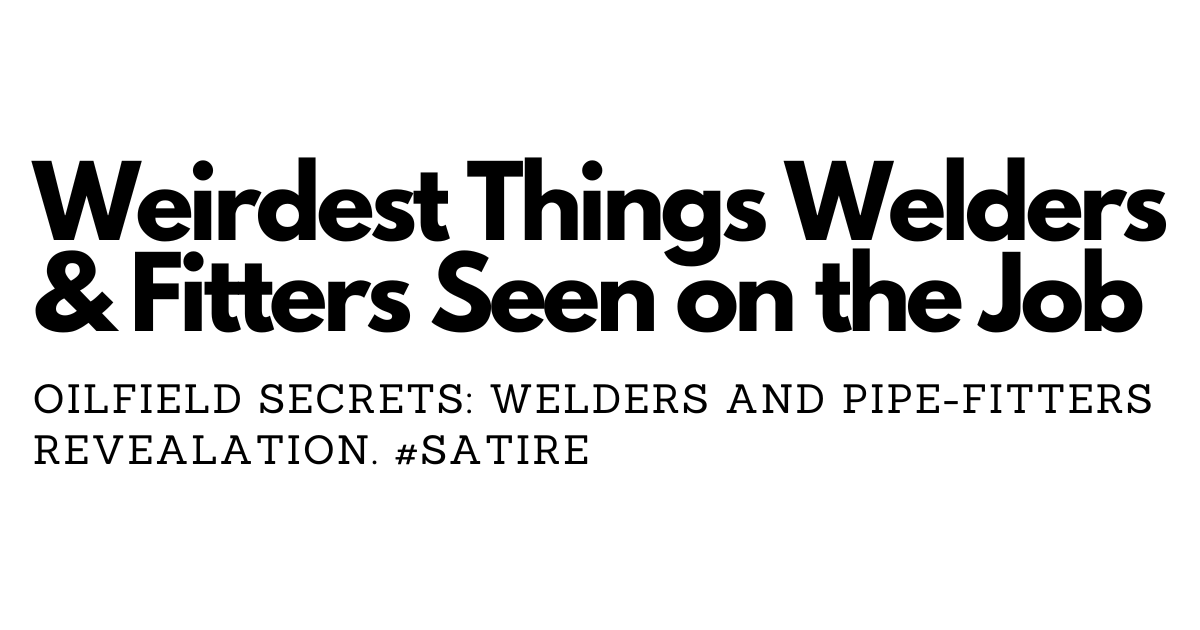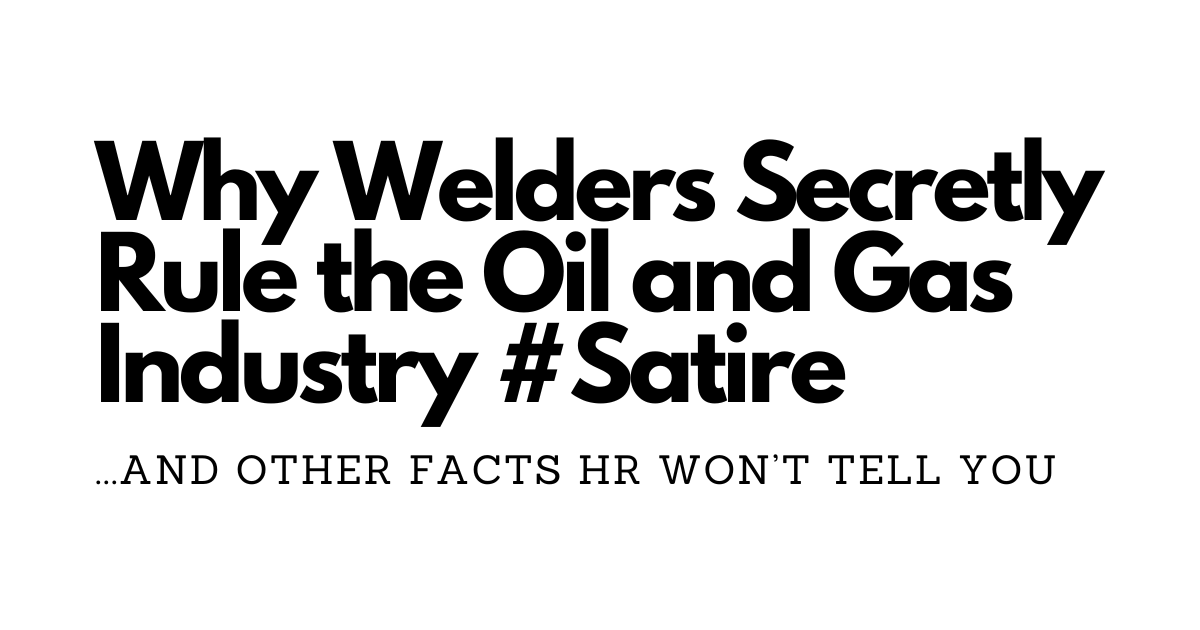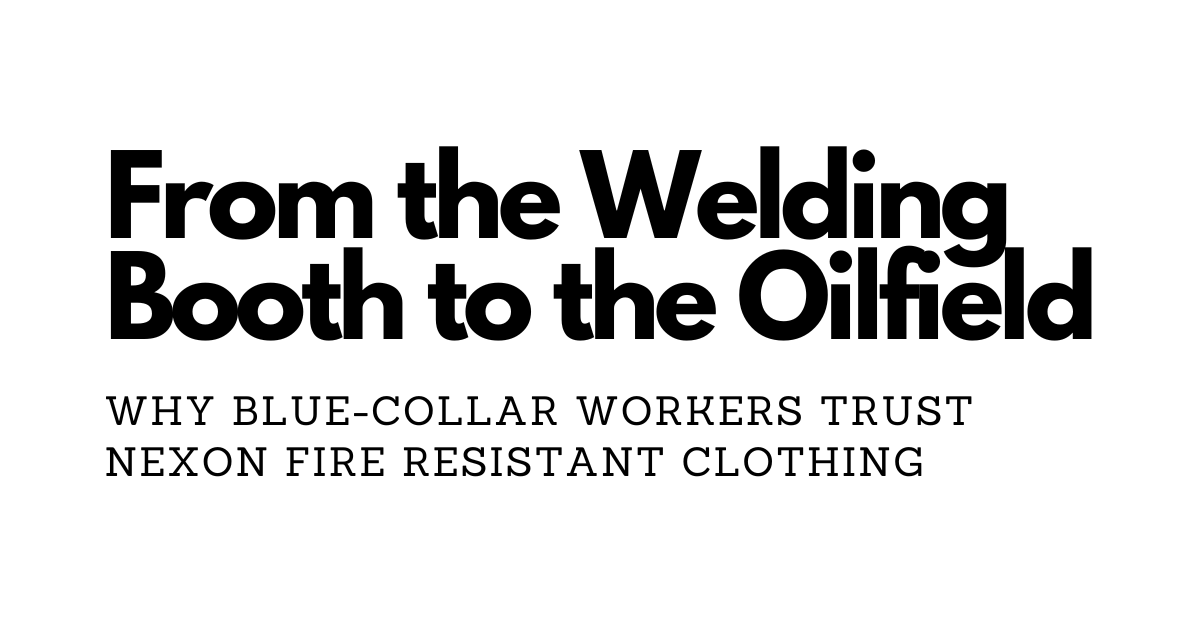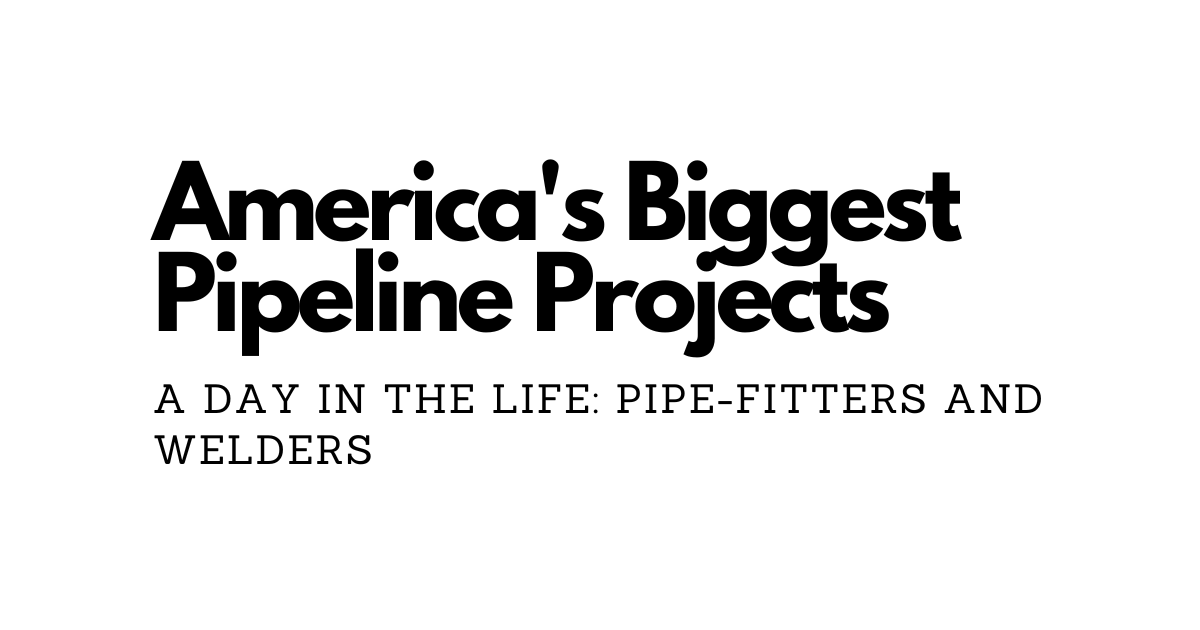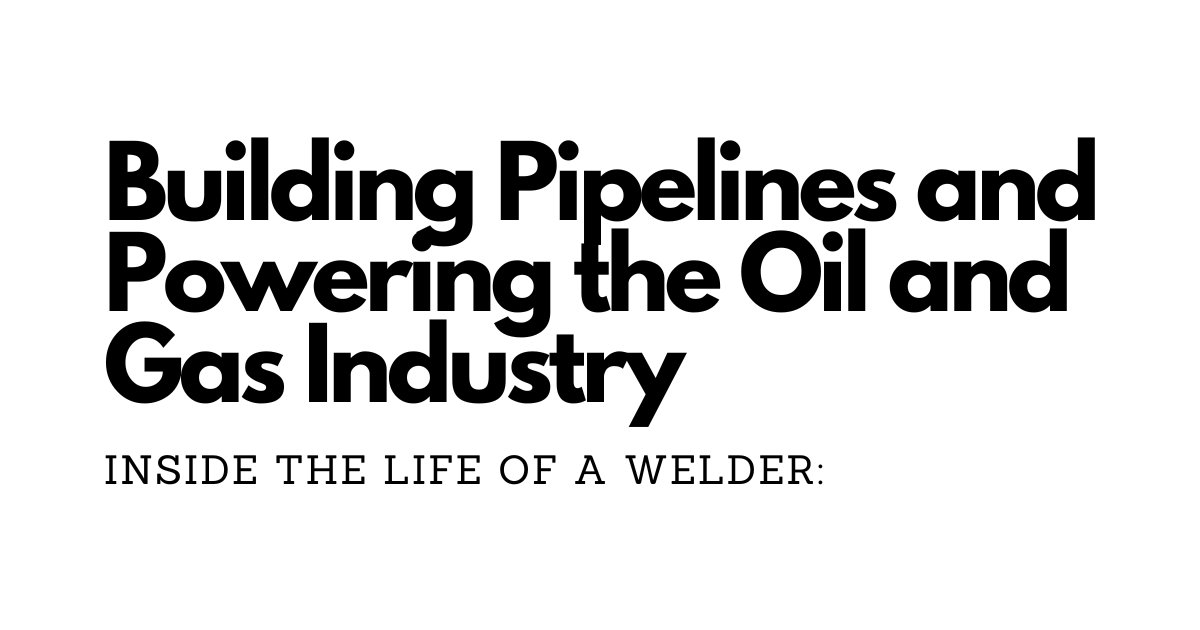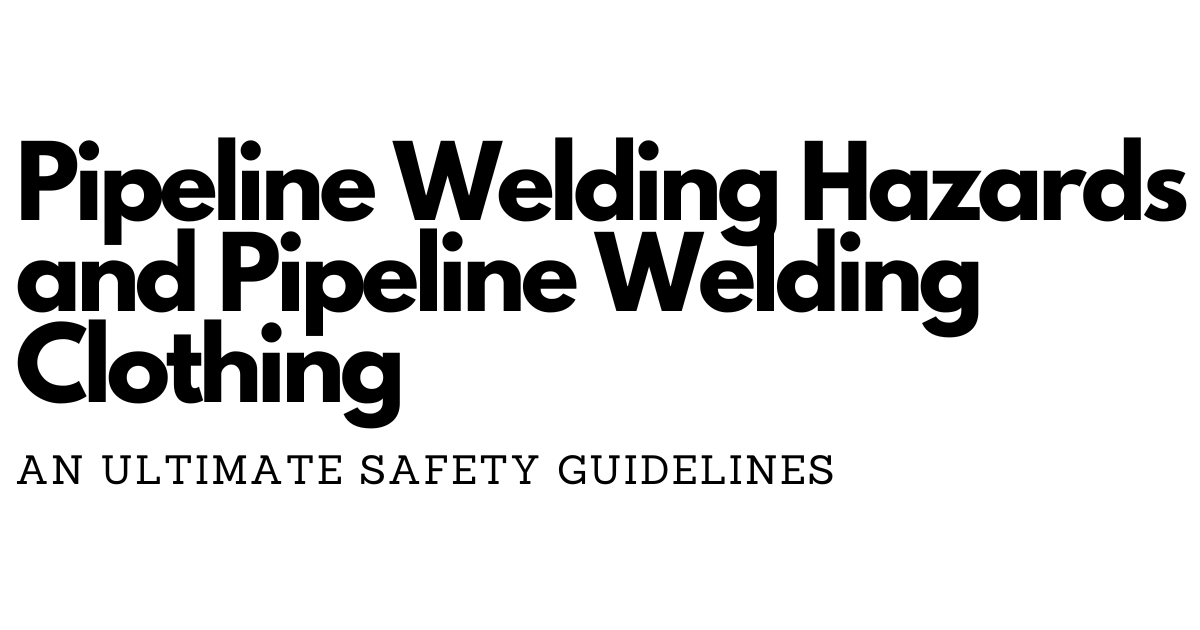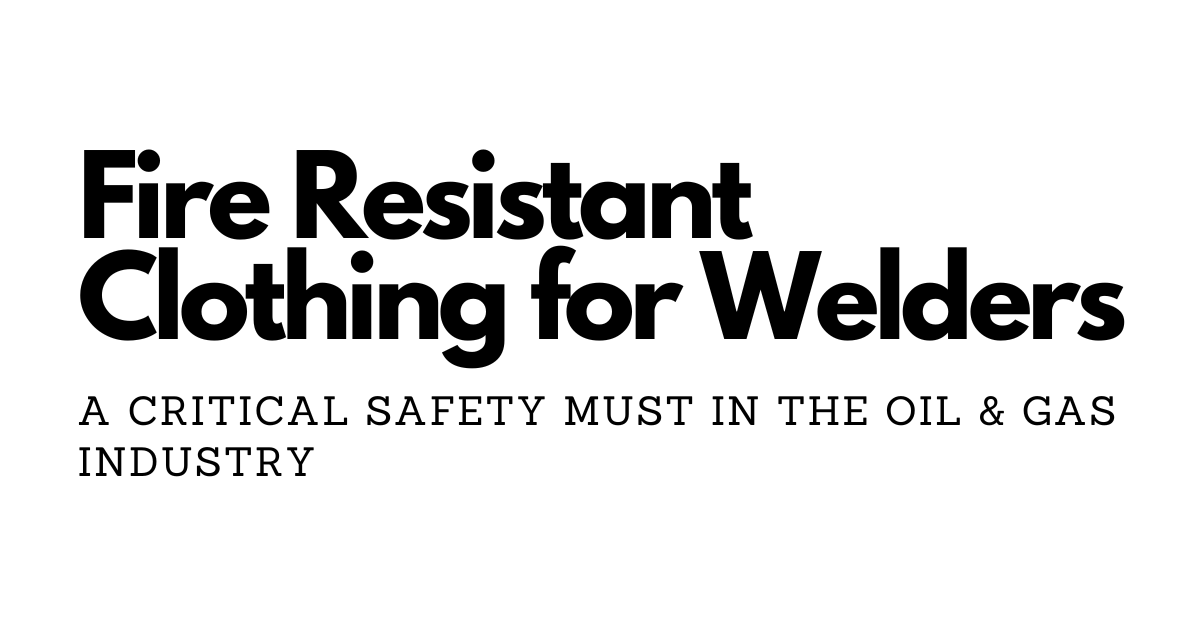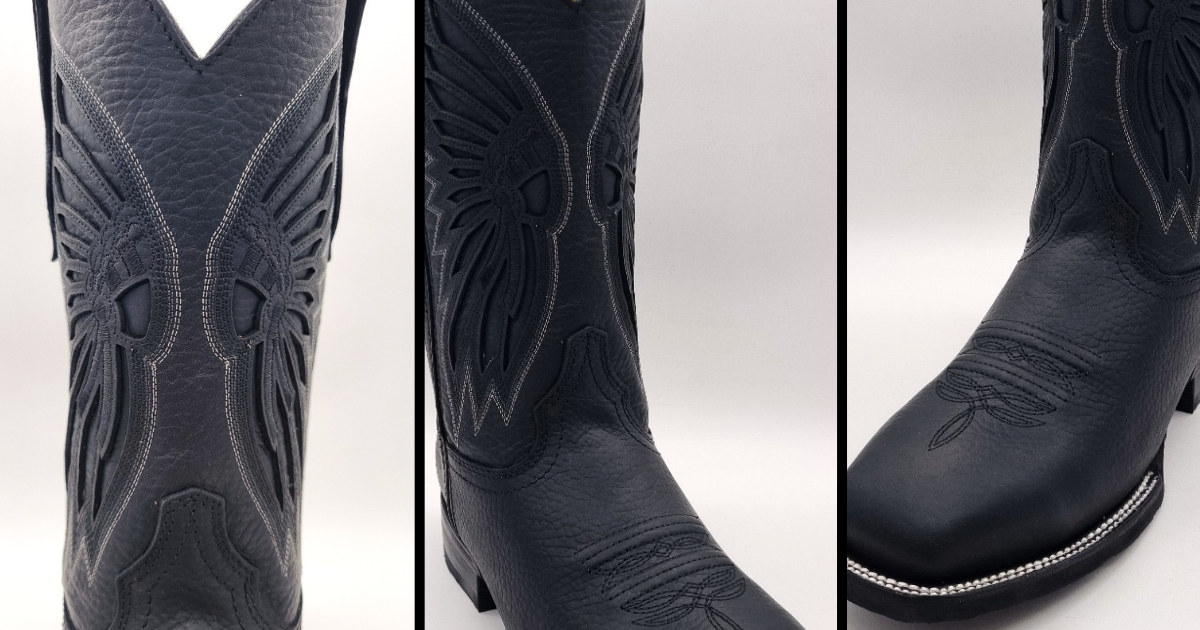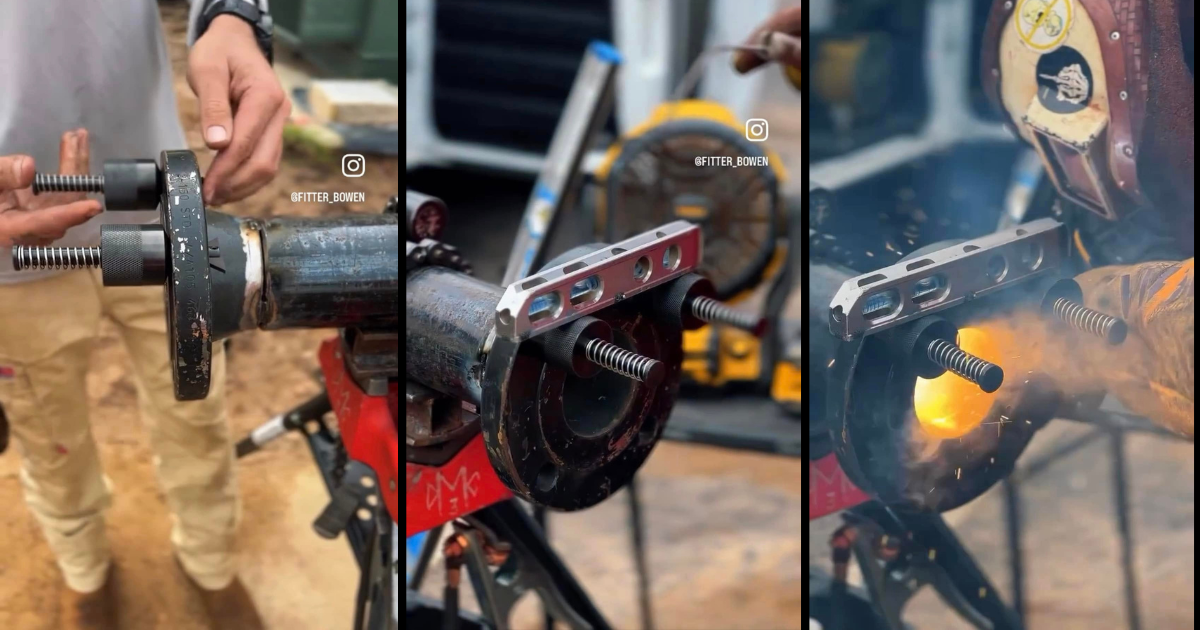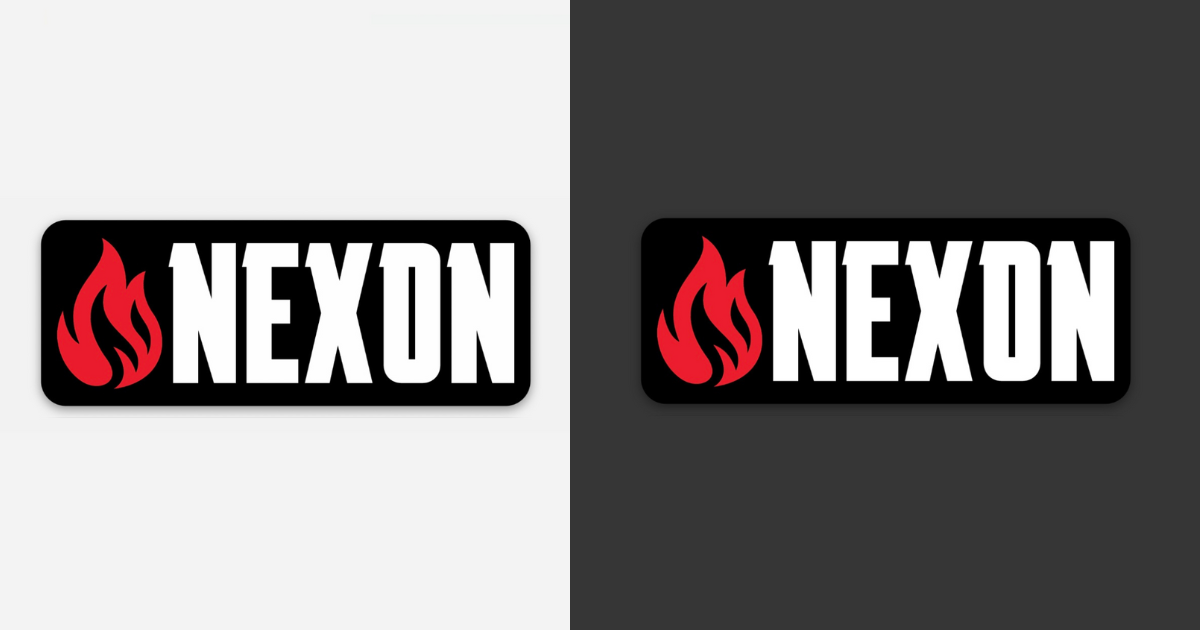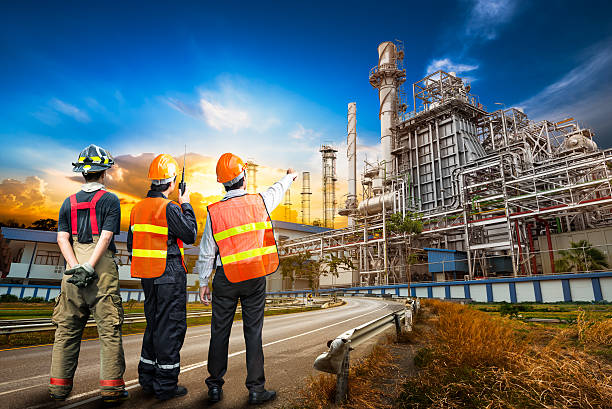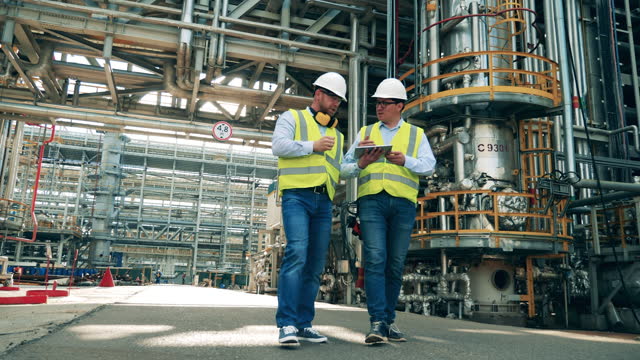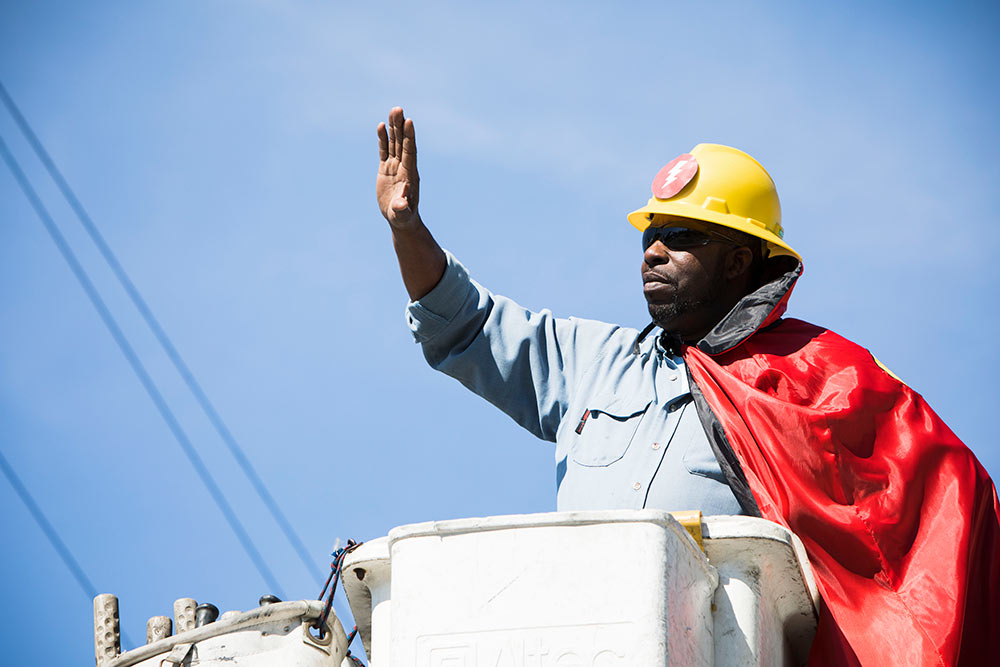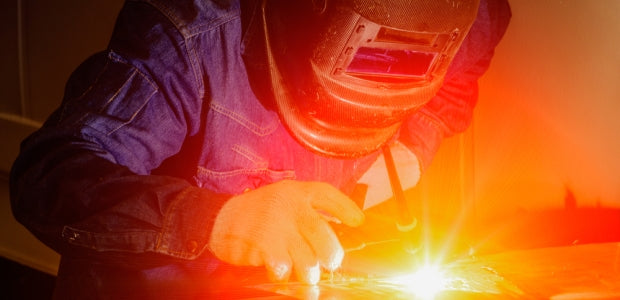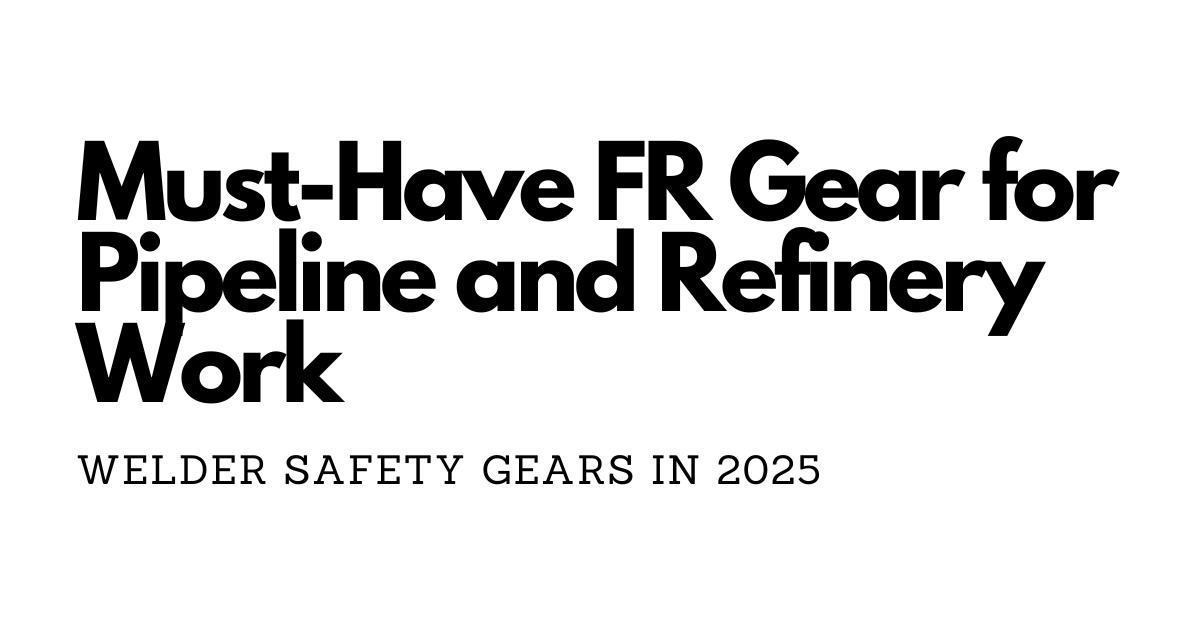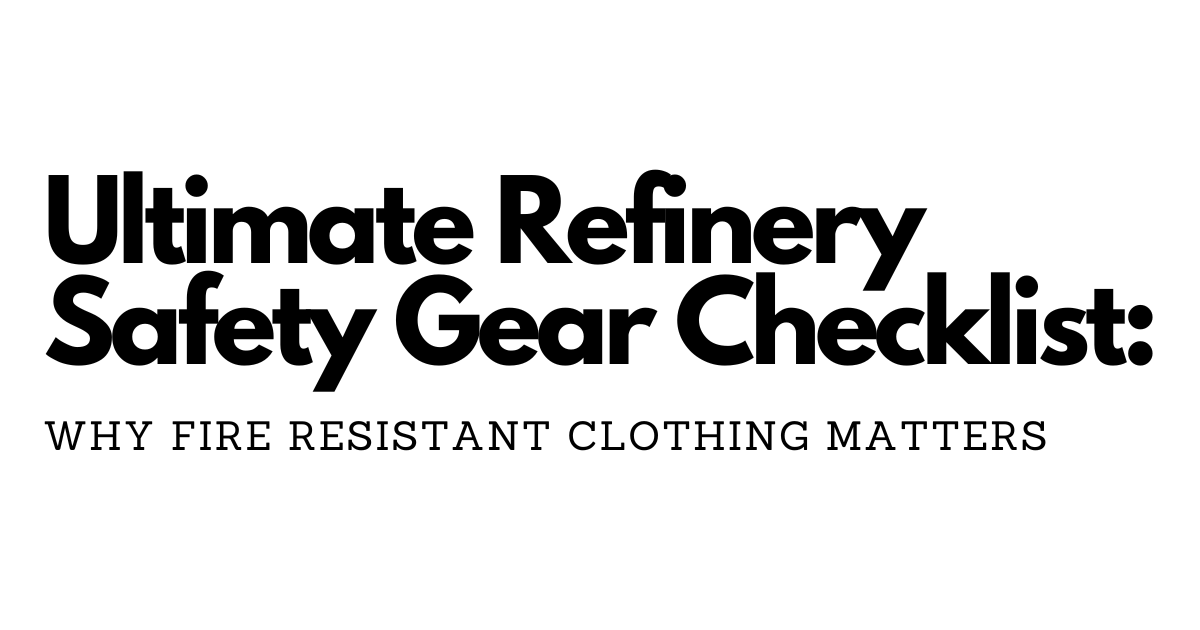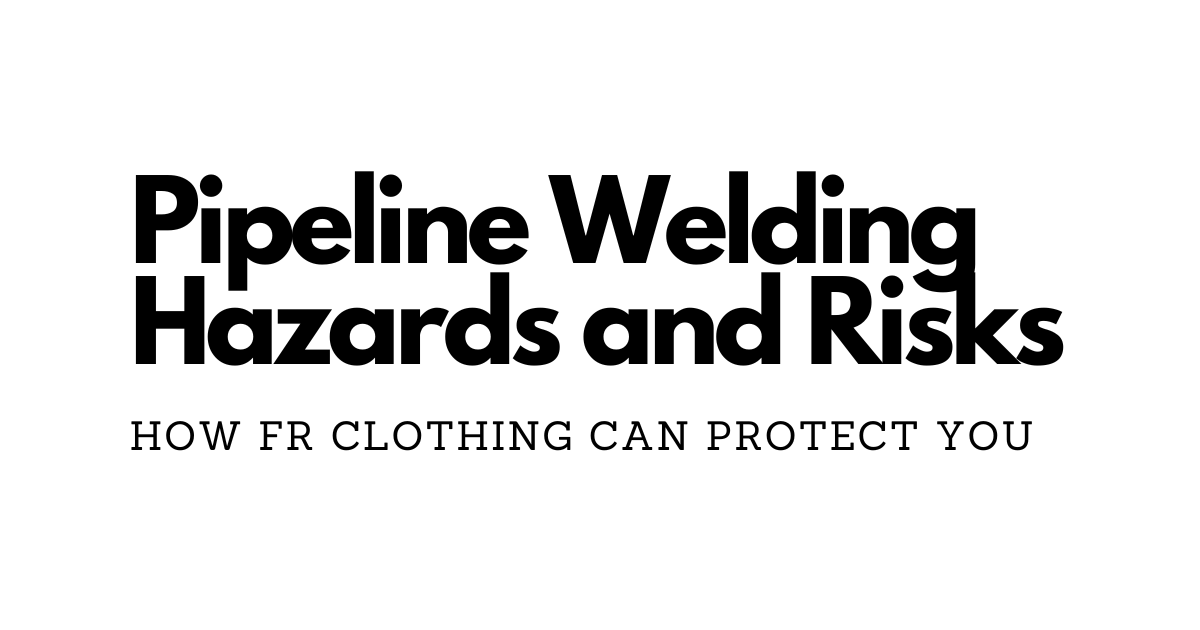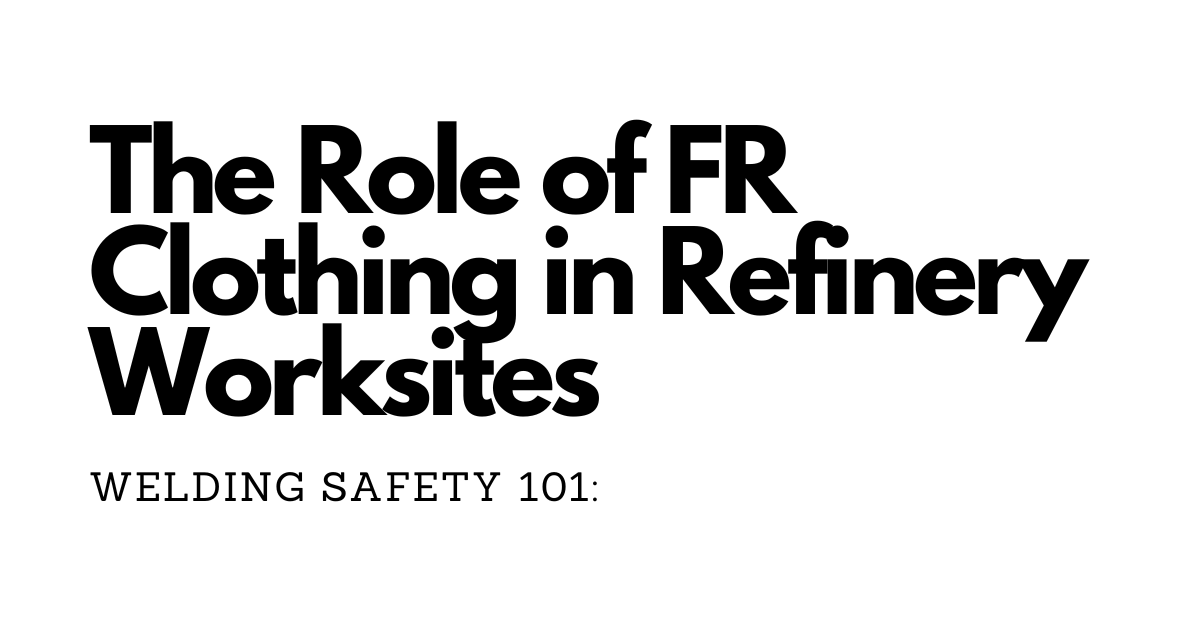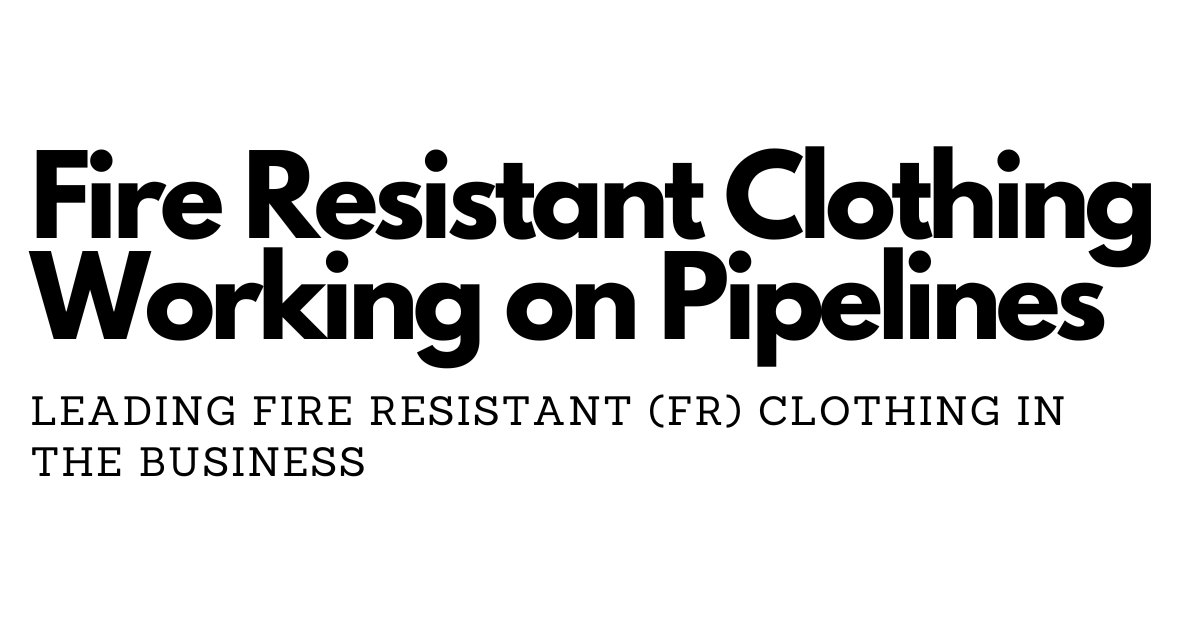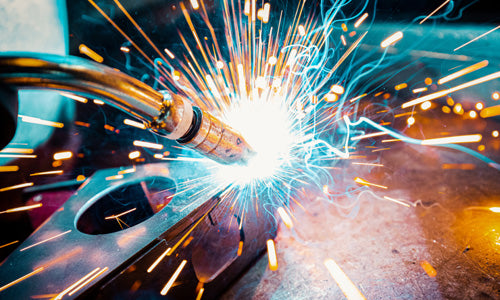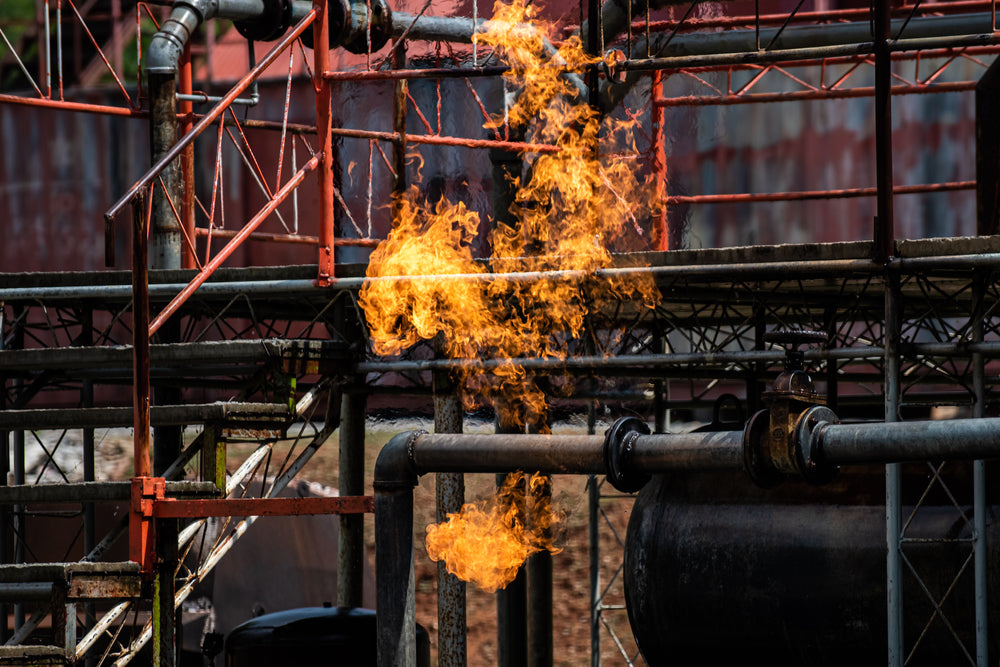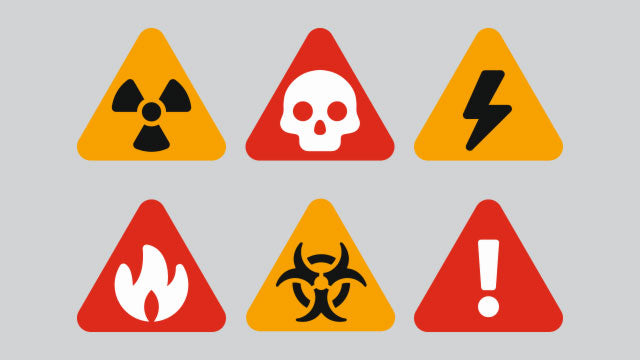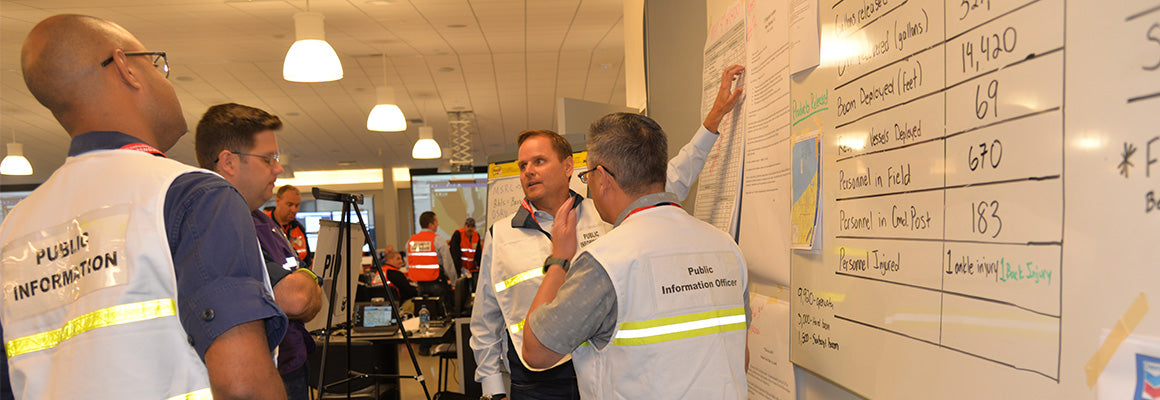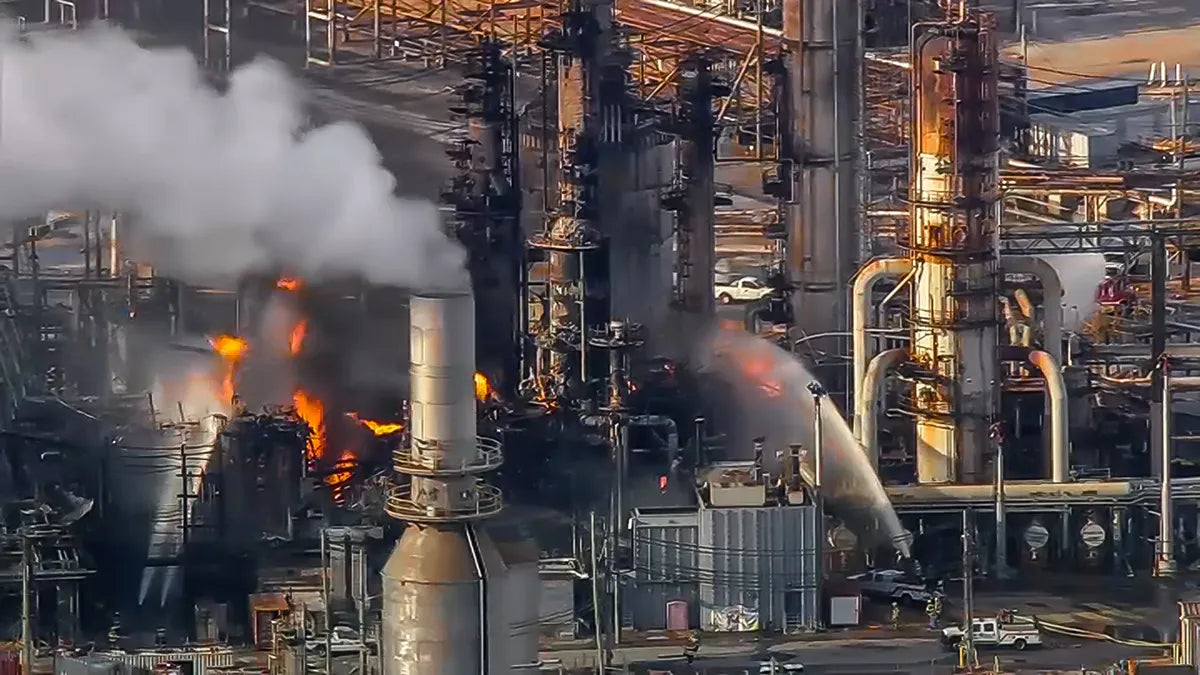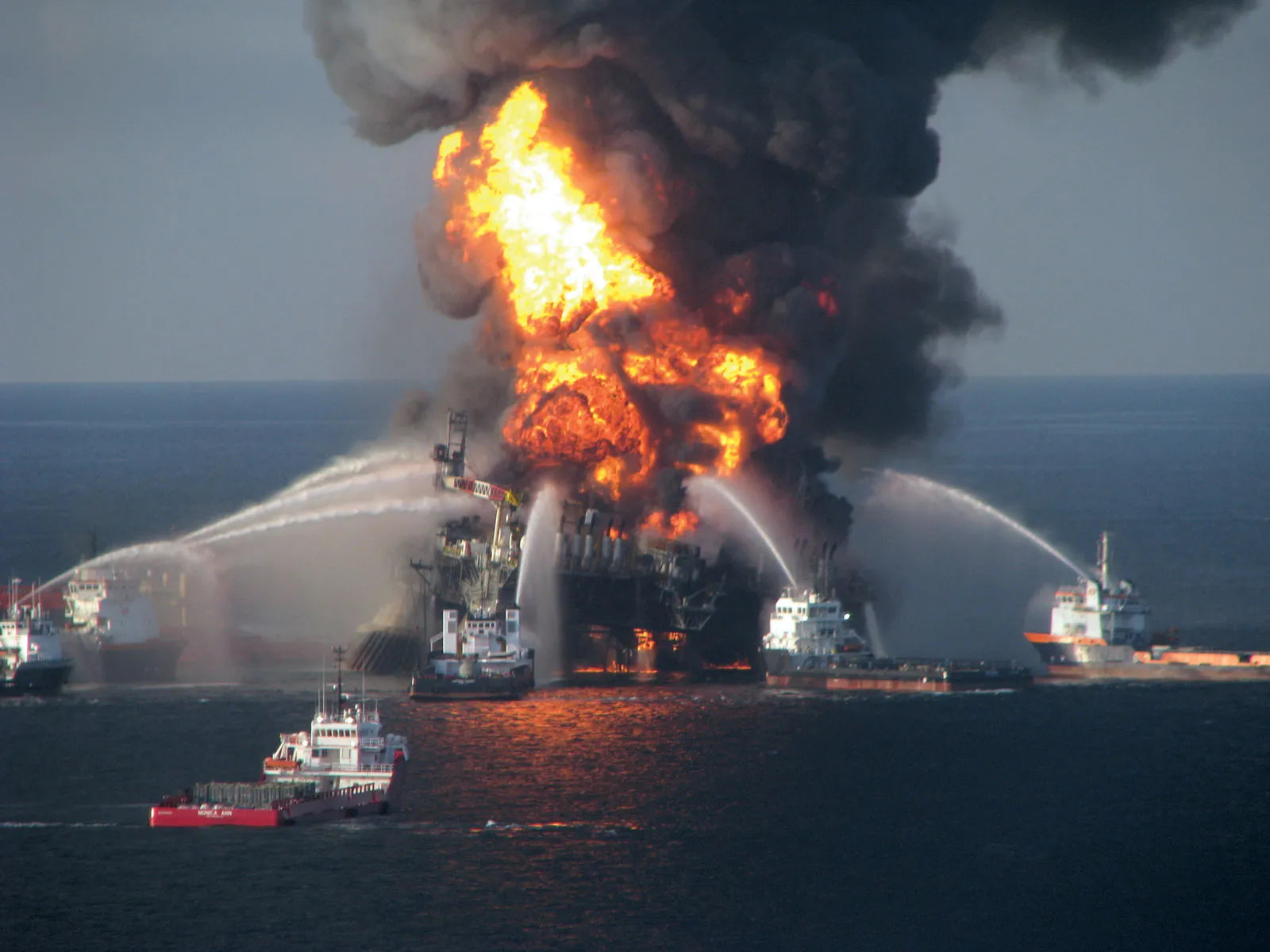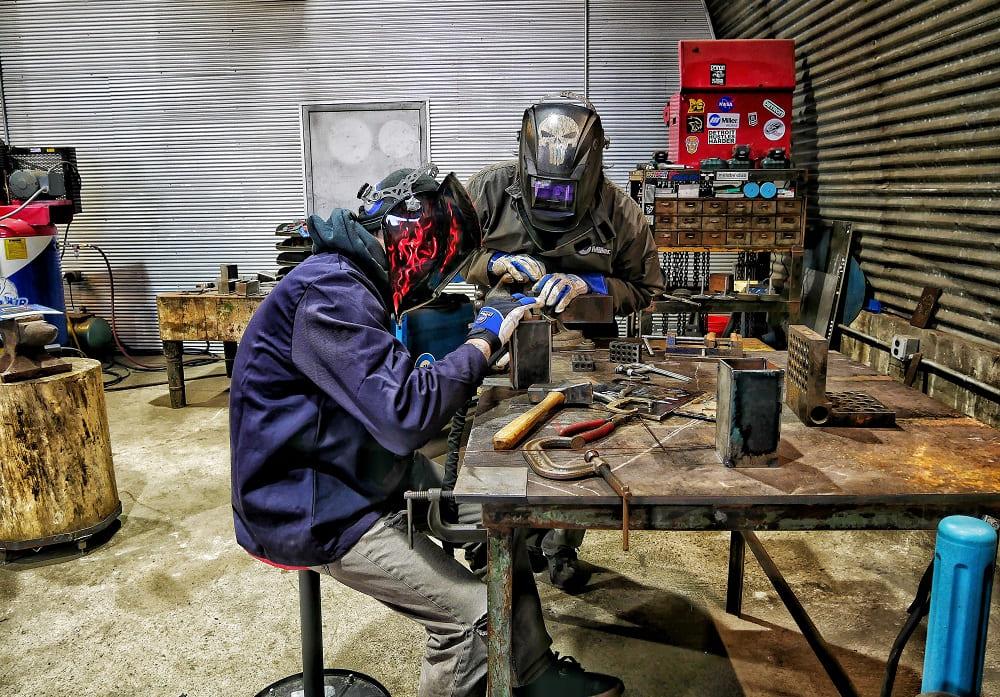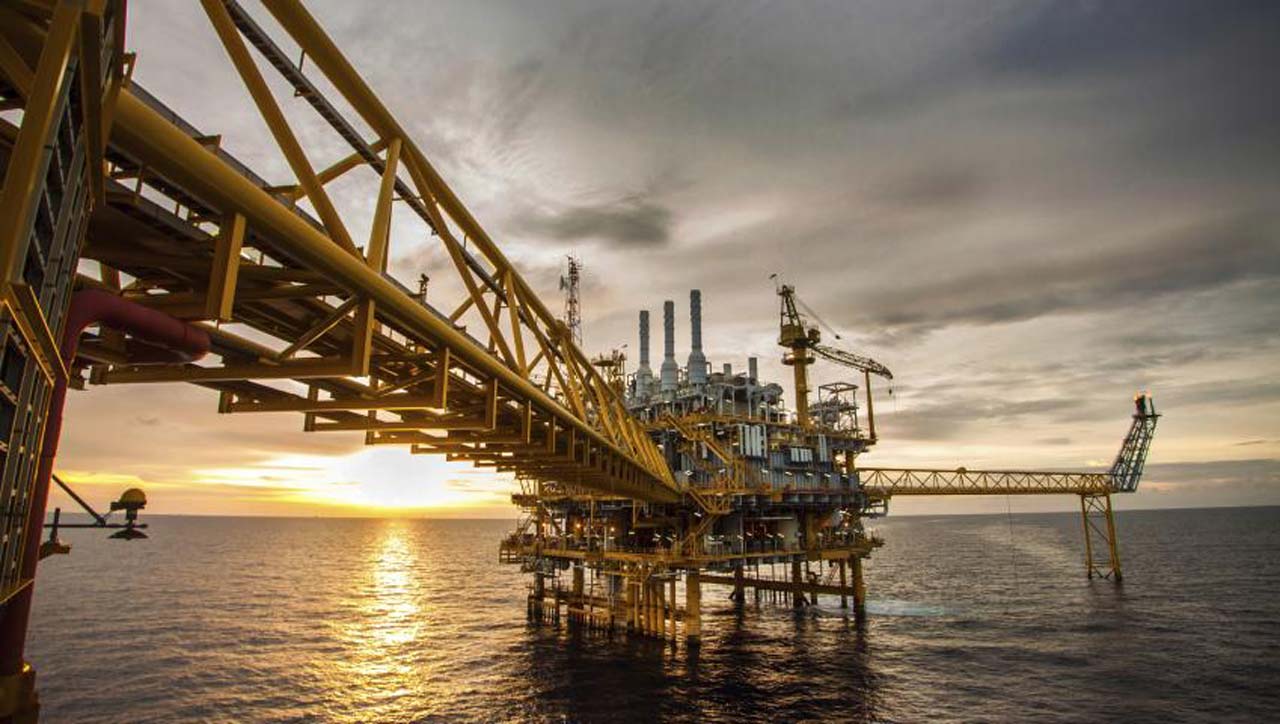

Fire-resistant clothing is not a one-size-fits-all solution; rather, it's a specialized protective gear tailored for specific industries where the risk of fire, heat, electrical arcs, or thermal hazards is a constant concern. These high-risk industries prioritize the safety of their workers by mandating the use of fire-resistant clothing. In this blog post, we will explore some of the high-risk industries that require fire-resistant clothes to protect their employees from potential life-threatening situations.
1. Oil and Gas Industry: The oil and gas sector is known for its hazardous working environments, including drilling, refining, and petrochemical processing. Workers in these fields are exposed to flammable gases, volatile liquids, and the risk of flash fires. Fire-resistant clothing is a critical safety measure to protect against burns in these high-risk scenarios.
2. Construction Industry: Construction sites are rife with potential fire hazards, from welding and cutting operations to electrical work. Fire-resistant clothing is essential to safeguard workers from sparks, flames, and arc flash incidents. It also helps reduce heat stress, particularly in hot climates where construction projects are common.
3. Electrical Industry: Professionals working with electricity face the constant risk of electrical arcs and flashovers. Fire-resistant clothing with arc flash protection is mandatory in this industry to prevent severe burns and injuries in case of electrical accidents.
4. Welding and Metal Fabrication: Welders and metal fabricators work with extreme heat and molten metals. Fire-resistant clothing not only shields them from burns but also protects against the sparks and splatter generated during welding and metalworking processes.
5. Firefighting: While it may seem obvious, firefighting is an industry where fire-resistant clothing is absolutely vital. Firefighters confront intense heat, flames, and smoldering materials on a daily basis. Their gear, including turnout gear and fire-resistant hoods, is specially designed to withstand extreme conditions and provide critical protection.
6. Chemical and Hazardous Materials Handling: Chemical plants and hazardous materials handling facilities deal with substances that can ignite or release harmful gases. Fire-resistant clothing is essential for workers in these industries to protect against chemical splashes, flash fires, and other potential hazards.
7. Steel Manufacturing: Steel manufacturing involves high-temperature processes such as casting, forging, and rolling. Workers in this industry are at risk of exposure to molten metal splatter, which makes fire-resistant clothing crucial for their safety.
8. Aerospace Industry: In aerospace manufacturing and maintenance, fire-resistant clothing is essential when working on aircraft fuel systems, engines, and other components where the risk of fire or explosion is a concern.
9. Mining Industry: Mines often have conditions that can trigger fires, such as the presence of flammable gases or dust. Fire-resistant clothing is a necessary precaution for miners working in potentially explosive environments.
10. Emergency Response and Search and Rescue: Emergency responders, including paramedics and search and rescue teams, may encounter hazardous conditions during their duties, making fire-resistant clothing a vital part of their protective gear.
Fire-resistant clothing is not a luxury but a necessity in these high-risk industries. Its role in safeguarding workers from burns, thermal hazards, electrical incidents, and heat stress cannot be overstated. As industries prioritize worker safety, fire-resistant clothing remains a critical component in the ongoing effort to protect those who face danger as part of their daily work. In high-risk industries like construction, oil and gas, and firefighting, the safety of workers is paramount. These professionals often face hazardous environments where the risk of fire, heat, and electrical incidents is a daily reality. In such demanding scenarios, the importance of fire-resistant clothing cannot be overstated. In this blog post, we will explore why fire-resistant clothing is essential for workers in these critical sectors and how it plays a pivotal role in ensuring their safety.
1. Protection Against Thermal Hazards: One of the primary reasons why fire-resistant clothing is indispensable in high-risk industries is its ability to provide protection against thermal hazards. These hazards include exposure to flames, extreme heat, and molten metals. Fire-resistant clothing is specifically designed to withstand these conditions, preventing the garment from igniting and causing severe burns to the wearer. This protection is critical for professionals who work in environments where fires can erupt suddenly, such as welding shops or oil refineries.
2. Minimizing Burn Injuries: In the event of a fire or flash fire, ordinary clothing can quickly ignite, leading to severe burn injuries. Fire-resistant clothing, on the other hand, is engineered to self-extinguish, meaning it will not continue to burn once the heat source is removed. This property significantly reduces the risk of burn injuries and can make the difference between a minor incident and a life-threatening situation.
3. Protection from Electrical Arcs: Industries involving electrical work, such as power distribution and maintenance, pose a unique set of risks. Electrical arcs and flashovers can occur unexpectedly, releasing intense heat and energy. Fire-resistant clothing with arc flash protection is designed to withstand these electrical hazards, providing a crucial layer of defense against severe burns and injuries.
4. Reducing the Risk of Heat Stress: In extreme heat environments, traditional clothing can trap heat, leading to heat stress and dehydration. Fire-resistant clothing is designed with breathability and moisture-wicking properties, helping to regulate body temperature and keep workers comfortable. This is particularly vital for professionals working in the scorching conditions of oilfields or construction sites.
5. Ensuring Compliance with Safety Standards: Many industries are subject to strict safety regulations and standards. Fire-resistant clothing is often a mandatory requirement in these sectors to ensure compliance with safety guidelines. Wearing the appropriate fire-resistant gear not only protects workers but also helps companies adhere to legal and industry-specific safety requirements.
6. Saving Lives: Ultimately, the most compelling reason for the use of fire-resistant clothing is its potential to save lives. In high-risk industries, accidents can happen, but the right protective gear can make the difference between a tragedy and a near miss. Fire-resistant clothing provides workers with a crucial layer of defense that can be the key to their survival in the face of unexpected hazards.
Conclusion: In high-risk industries such as construction, oil and gas, and firefighting, fire-resistant clothing is not just a precaution; it's a lifeline. Its ability to protect against thermal hazards, minimize burn injuries, shield from electrical arcs, and reduce heat stress is invaluable. Moreover, it ensures compliance with safety standards and, most importantly, saves lives. For workers in these critical sectors, fire-resistant clothing is not just a uniform; it's a shield that allows them to face danger with confidence and return home safely at the end of the day.
